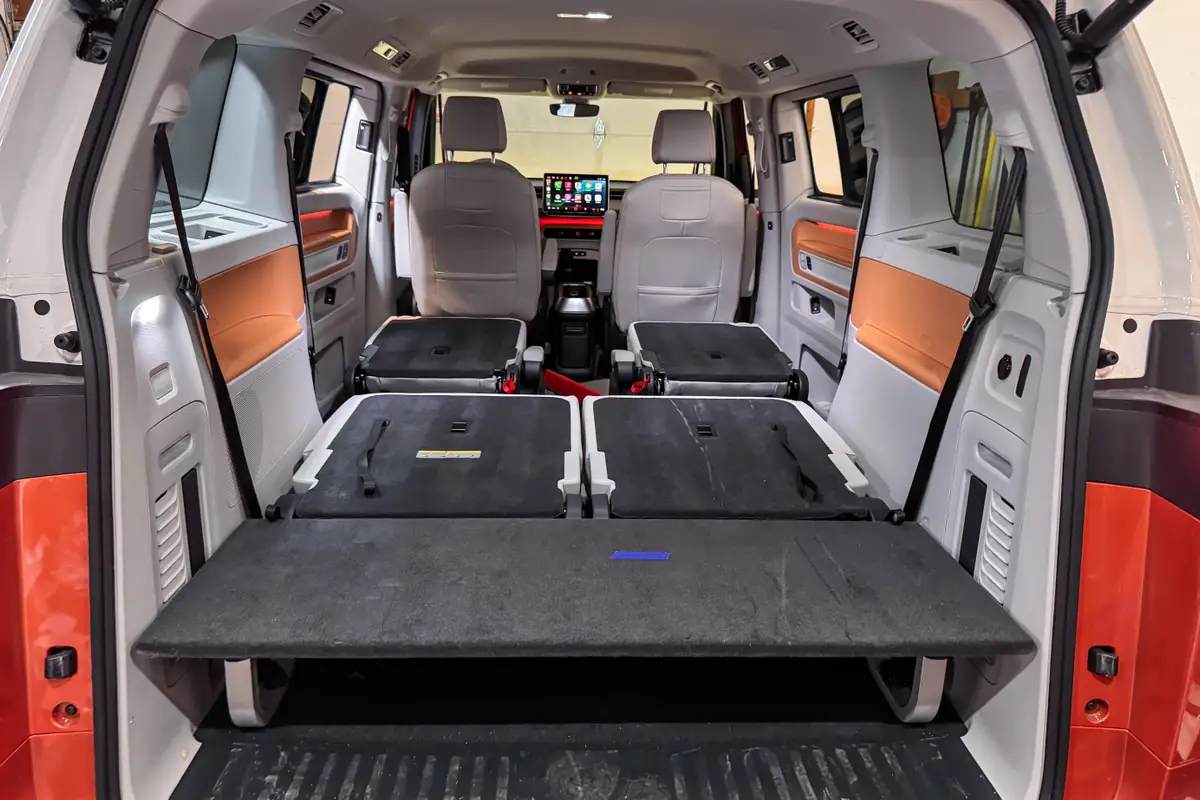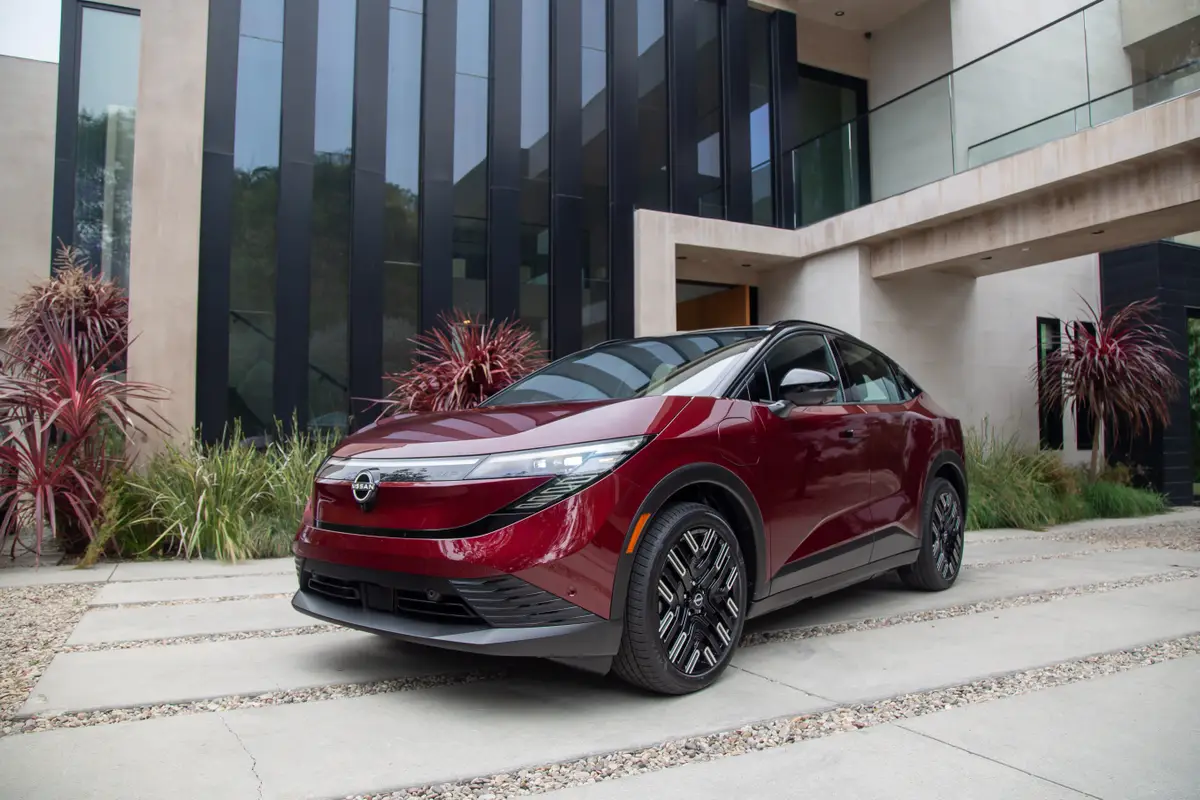When Do You Need a Wheel Alignment?


CARS.COM — You may not notice it right away, but as you get behind the wheel of your car more and more, you’ll start to notice that something isn’t quite right. You’re drifting in one direction or another. The steering is off. The angle of the wheel is misaligned. And if your car drifts to one side and you have to turn the steering wheel away from the center position to avoid veering off on an angle, that is the surest indication that you’re in need of a wheel alignment. Perhaps it is the result of hitting a deep pothole or scoring a direct hit on a curb while parking.
Related: More Maintenance Coverage
Before you head off to a repair shop or service center to have your wheels aligned, a job that typically costs about $60 to $100 for most vehicles, it would be a good idea to check your tire pressure. Underinflated tires can also cause a vehicle’s steering to pull to one side, so eliminate that possibility first.
You might also want to inspect your tires to see if there are any signs of tire wear, such as the tread being worn off along one edge, another sign of an alignment issue. However, it can be hard to separate normal from excessive wear, so unless you’re well trained in “tireology” you shouldn’t jump to conclusions.
Vibrations in your wheels are different from alignment problems. Vibrations are probably caused by wheels being out of balance or bent (potholes can do that) or because parts of the suspension are worn, and getting your wheels aligned won’t solve those problems.
Some vehicles require only that the front wheels be aligned, but many car-based models require four-wheel alignment. Alignment specifications differ by vehicle, and it isn’t as simple as just making sure all four wheels are pointed straight ahead.
Depending on the vehicle, proper wheel alignment involves setting the camber (inward or outward tilt of the wheels when looking head on), caster (wheel tilt front or back looking from the side) and toe-in or toe-out (looking down at the wheels from above). The adjustments are measured in fractions of an inch and require specialized alignment equipment.
Wheel alignment isn’t usually listed by vehicle manufacturers on the recommended maintenance schedule, so how often it should be done is open-ended. If your vehicle tracks as straight as an arrow, you’re wheels likely are properly aligned. Even so, it’s a good idea to have your alignment checked annually, such as when you have your tires rotated. You certainly should have it done when you buy new tires so they don’t immediately start to wear unevenly. Many shops guarantee wheel alignment work for up to one year, so bring your vehicle back before the guarantee ends to have the alignment checked again (assuming that service is free).
Cars.com’s Editorial department is your source for automotive news and reviews. In line with Cars.com’s long-standing ethics policy, editors and reviewers don’t accept gifts or free trips from automakers. The Editorial department is independent of Cars.com’s advertising, sales and sponsored content departments.

Contributor Rick Popely has covered the auto industry for decades and hosts a weekly online radio show on TalkZone.com.
Featured stories




